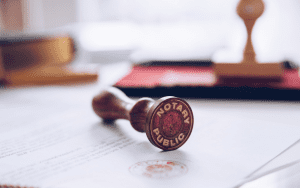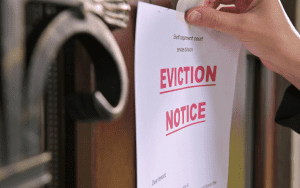Property ownership is no small feat. It is one of the most reliable forms of investment and one of the biggest items that most people have on their financial “to-do” lists. Unfortunately, it is not always an easily achievable goal. Property ownership has always been a costly endeavour, and in recent years the age of first-time homeowners has been steadily increasing as younger professionals reach find their financial footing later than in previous years, making the
One option that helps property buyers side-step the financial burden is co-ownership. But how beneficial is this path really?
Co-ownership is when one or more party jointly own a single property. In essence, the owners share legal ownership without having to divide the property into physical portions for their exclusive use. It is thus commonly referred to as co-ownership in undivided shares.
It is possible to agree that owners acquire the property in different shares; for instance, one person owns 70% and the other 30% of the property. The different shares can then also be recorded and registered in the title deeds by the Deeds Office.
On paper, it’s a great idea. For starters, the burden of bond repayments and maintenance costs are lessened. However, there can be problems and although not every friendship or relationship is destined to disintegrate, there does often come a time when one of the parties involved wants to sell up and move on to bigger and better things.
If ownership is given to one or more purchasers, without stipulating in what shares they acquire the property, it is legally presumed that they acquired the property in equal shares.
The risks, the benefits and the obligations that flow from the property are shared in proportion to each person’s share of ownership in the property. For instance, one of the co-owners fails to contribute his share of the finances as initially agreed, resulting in creditors such as the bank or Body Corporate taking action to recover the shortfall.
If two people own property together in undivided shares, it is advisable to enter into an agreement that will regulate their rights and obligations if they should decide to go their own separate ways.
The practical difficulties that flow from the rights and duties of co-ownership are captured by the expression communio est mater rixarum, or “co-ownership is the mother of disputes”. It is therefore important that certain remedies be made available for when the agreement the co-owners entered into does not help them solve arising disputes.
The co-ownership agreement should address the following issues:
- In what proportion will the property be shared?
- Who has the sole right to occupy the property?
- Who will contribute what initial payments to acquire the property?
- Who will contribute what amounts to the ongoing future costs and finances?
- How will the profits or losses be split, should the property or a share be sold?
- The sale of one party’s share must be restricted or regulated.
- The right to draw funds out of the access bond must be regulated.
- A breakdown of the relationship between the parties.
- What happens in the occurrence of death or incapacity of one of the parties?
- Dispute resolution options to be relied on before issuing summons.
- The guidelines for the termination of the agreement.
Co-ownership can be a wonderful way in which to realise your dreams of homeownership even when your financial situation does not yet fully allow it. But it is vital that you obtain the necessary guidance and advice when entering into such a relationship to ensure a long-term, mutually beneficial experience.
This article is a general information sheet and should not be used or relied on as legal or other professional advice. No liability can be accepted for any errors or omissions nor for any loss or damage arising from reliance upon any information herein. Always contact your legal adviser for specific and detailed advice. Errors and omissions excepted (E&OE)
















